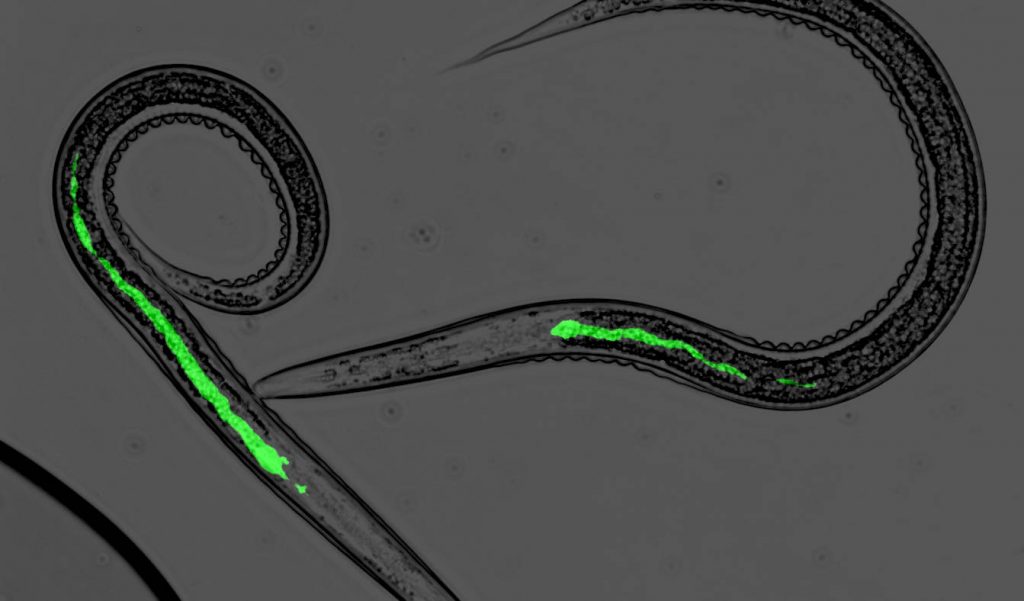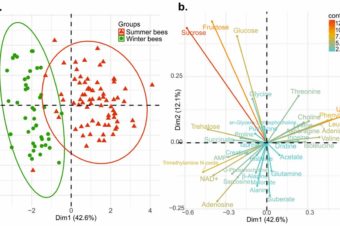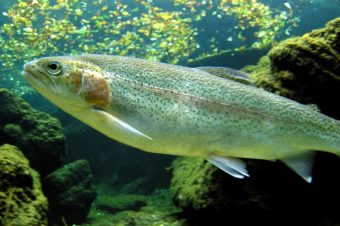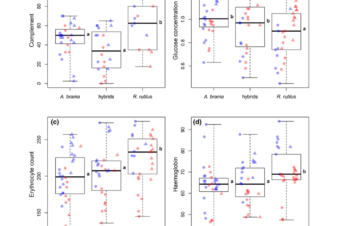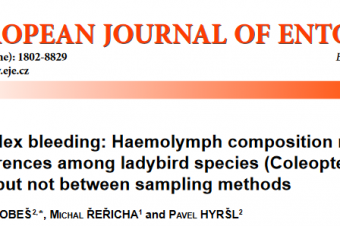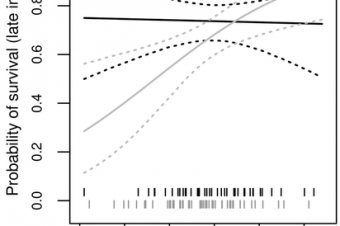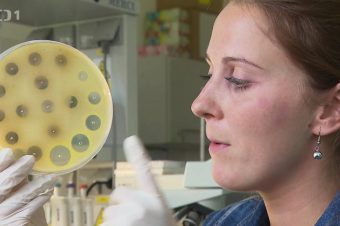Dear Colleagues,
Insect pathogenic nematodes (entomopathogenic nematodes—EPNs) are lethal parasites to their hosts, and are frequently used as biological agents in the control of insect pests.
Lethality may be as a result of the virulence factors provided by the nematodes themselves, or often by mutualistically-associated bacteria. Insects are only infected by the free-living nematode stage (infective juveniles), which enter via the tracheal, digestive epithelia, or by penetrating the cuticle. Once inside their hosts, EPNs complete their development and may reproduce asexually or sexually.
Their associated bacteria are released and multiply inside the hemocoel, which then provides the nematodes with a source of nutrients. Insect cadavers release the next generation of infective juveniles with the ingested symbiotic bacteria established in their guts. Recent large-scale studies have provided detailed insights into the nematode–bacteria association, their combined and individual infection success, and the effect of EPN infection on secreted factors from the insect hosts. Some of these secreted factors have been shown to have a protective role against the pathogenic complex.
Thus, we invite submissions that address all aspects of the tripartite nematode/bacteria/insect interaction. Papers may cover the mutualistic interaction between nematodes and their bacteria; behaviours or pathogenesis of the nematodes and the bacteria, together or alone; and changes in insect physiology and immunology in response to EPN (with or without their bacteria).
Prof. Dr. Ulrich Theopold
Dr. Pavel Hyrsl
Guest Editors
See the papers in the special issue:
https://www.mdpi.com/journal/insects/special_issues/Nematodes#published
